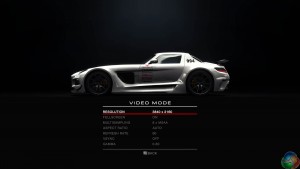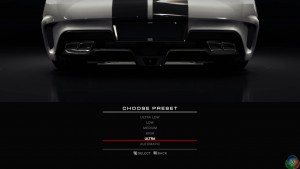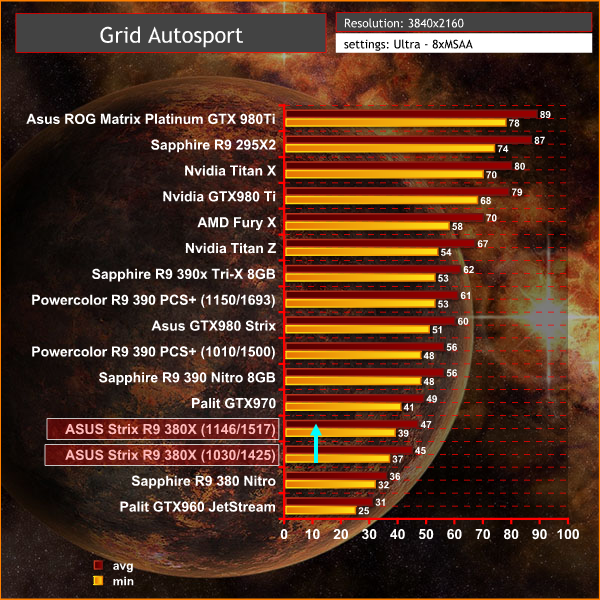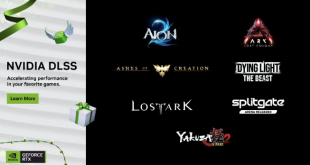Grid Autosport (styled as GRID Autosport) is a racing video game by Codemasters and is the sequel to 2008′s Race Driver: Grid and 2013′s Grid 2. The game was released for Microsoft Windows, PlayStation 3 and Xbox 360 on June 24, 2014. (Wikipedia).


We test at 3840×2160 with 8xMSAA and with the ‘ULTRA' profile enabled.

At Ultra HD 4K the ASUS Strix R9 380X DirectCU II OC closes the rather significant frame differential between the GTX 970 (at 1440p it was 22fps) but remains a little behind, even when manually overclocked to the limit. The GTX960 by comparison is really struggling to maintain playable frame rates.
Tags Review
Check Also
DLSS arrives in several new titles this week alongside new Nvidia graphics driver
Nvidia has announced the next wave of titles receiving DLSS updates. Games like Ashes of …
 KitGuru KitGuru.net – Tech News | Hardware News | Hardware Reviews | IOS | Mobile | Gaming | Graphics Cards
KitGuru KitGuru.net – Tech News | Hardware News | Hardware Reviews | IOS | Mobile | Gaming | Graphics Cards



Would you agree that at this point is maybe pointless to upgrade GPU. I wanted to buy this card and although performance is there i think that would very much regret the purchase. I’m reffering to upcoming GPUs next year.
I would not agree, honestly. I am of the opinion that one should use what they have until they are unhappy with the experience they’re getting with what they have, and then upgrade with what’s out now.
Unless there’s an I-have-to-have-the-newest-thing going on – which is perfectly okay, too, and which I’m occasionally guilty of – there’s no real need to upgrade anything if you’re happy with what you’ve got.
And personally, I think the “wait to see what the next new thing looks like before making a decision” is a neverending game to play, especially with graphics cards. With the 380x, AMD’s new(ish) lineup is pretty much complete (except for the presumed dual-Fiji card), but Nvidia’s Pascal is, metaphorically speaking, right around the corner. But when Pascal comes out, AMD’s Arctic Islands will be right around the corner. And when Arctic Islands comes out, Nvidia’s Volta will be right around the corner. Ad nauseam.
IMHO, if you want to wait for Pascal or Arctic Islands, and will enjoy your current gaming experience while you wait, then do it. I don’t blame you. But make up your mind to purchase *something* after it comes out. If it’s revolutionary, and at a cost you can afford, you’ll be darned glad you waited. If it doesn’t live up to the hype, and 980s are dropping in price and would be – and this is the important part – more than enough for what you’re playing and plan to play, then you’ve saved some money and your gaming experience will be much improved.
(And, if you’re looking at dropping 200 on THIS card today, but decide to wait until Pascal, you can stash the 200 you have into the GPU fund, and keep adding to it for the next 6 months – you’ll end up with a lot more money for a lot higher-end card than this one.) (edited because I was thinking in dollars and not pounds. Sorry. lol)
But if you’re interested in buying now, or your gaming is suffering and you *need* something soon, the present generation of cards will still be as powerful as your wallet will allow you. (The setup I’m on is no 16-core 3-GPU powerhouse or anything, but it’s running Fallout 4 maxed out like an absolute champ, so I’m probably not looking at new GPU or CPU or RAM until Arctic Islands or Volta.)
You have valid point. Also, thank you for a nice, big, explanation. I was asking specifically because i’m not that kind of gamer that needs to have the all latest that comes to market… I always keep my hardware atleast 2 years, 3 maybe and that is way i’m somewhat concerned… But your explanation gives me one hell of headache, because i know that i can sell my card to someone. 😀